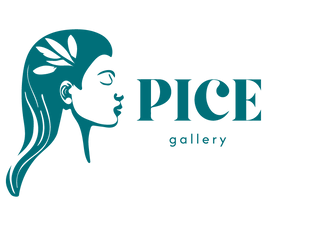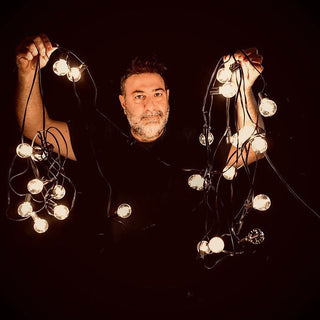An interview with visual artist Antonello Ferrara, whose dreamlike imagery crosses the border between reality and painting.
Born in the port city of Taranto, Italy, Antonello Ferrara grew up surrounded by sailors, painters, and the push-pull of discipline and imagination. From his early love for the camera to a life shaped by activism, global travel, and quiet reflection, Ferrara’s photography now speaks with a voice that is both intimate and expansive.
In this exclusive interview with Pice Magazine, Ferrara opens up about his creative journey, his devotion to visual storytelling, and why he believes beauty is found not in perfection—but in vulnerability.
Can you tell us about your journey as an artist? What inspired you to pursue art, and how has your style evolved over the years?
As a child, I admired the paintings of my mother and grandfather. They were both passionate painters. I wasn’t able to draw like they could, so I asked for a camera. That was my first act of artistic rebellion—choosing a different medium to express myself.
I photographed for a while but eventually stopped due to the cost of film and development. About seven years ago, I picked it up again with new focus. I studied at several schools and workshops, including the Ansel Adams Experimental Photography Centre and the Roman School of Photography. My style evolved into something more deliberate, more poetic. I don’t take photos casually—I work on projects that reflect my emotions and thoughts.
What themes or messages do you aim to convey through your artwork, and how do you go about expressing them visually?
I try to create images that feel like dreams—suggestive rather than literal. I want my photography to cross into the realm of painting. I’m interested in how images can evoke rather than explain.
Before I shoot, I reflect on what I’m feeling. That determines the light, the composition, even the time I choose to go out with my camera. I don’t document reality—I try to transform it.
Can you walk us through your creative process? How do you start a new piece, and what techniques or materials do you prefer to use?
I work based on feeling. I don’t photograph every day or carry my camera around all the time. When I do shoot, it’s because I’m starting a new project or chasing an idea that’s been forming inside me.
My process begins internally: I plan mentally, sometimes sketch visually in my head, and then move to the camera. My goal is always to capture a kind of stillness, a poetic moment that exists somewhere between light and memory.
What challenges have you faced in your artistic career, and how have you overcome them? Do you have any advice for aspiring artists?
I’ve had periods where I created a lot and times when I couldn’t shoot at all. That’s natural. I don’t think I’m in a position to give advice, but I will say this: stay faithful to your own gaze. Don’t compromise that. It’s what keeps your art honest—and yours.
How do you see the role of art in society, and what impact do you hope your work has on your audience?
Art has a conscience. More than ever, the artist is being asked to speak to the fragility of the world. I believe mistakes will save art—because mistakes hold truth, and truth is where beauty lives.
What do I hope people feel when they see my work? I hope they pause. I hope they reflect. Maybe even question something they hadn’t questioned before.












